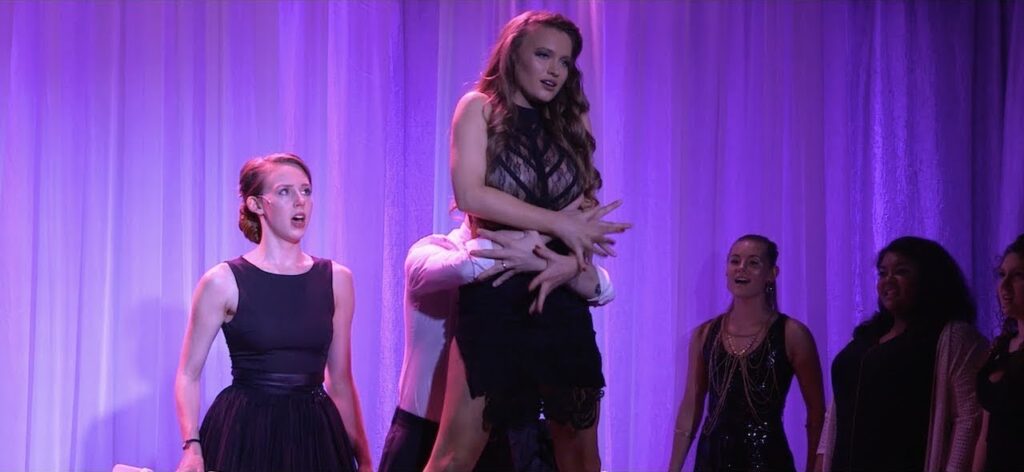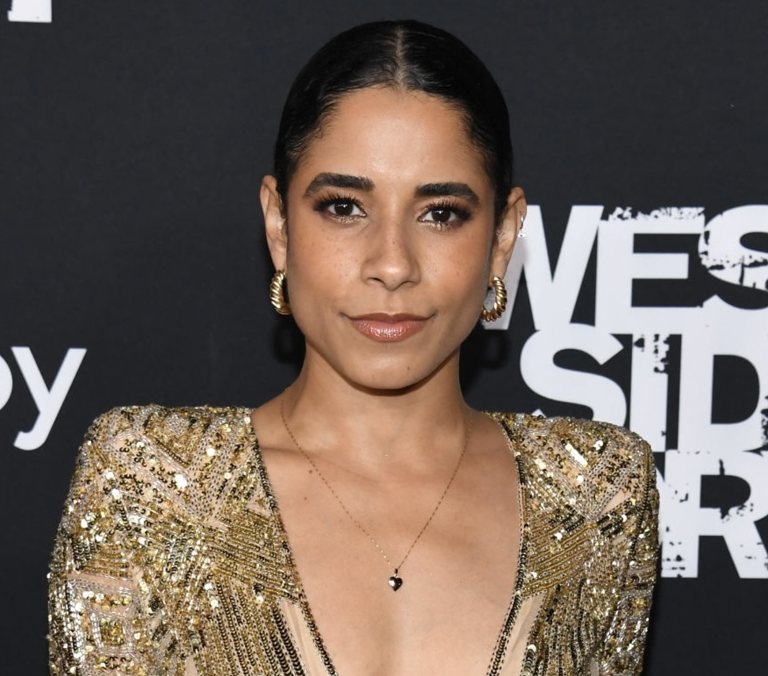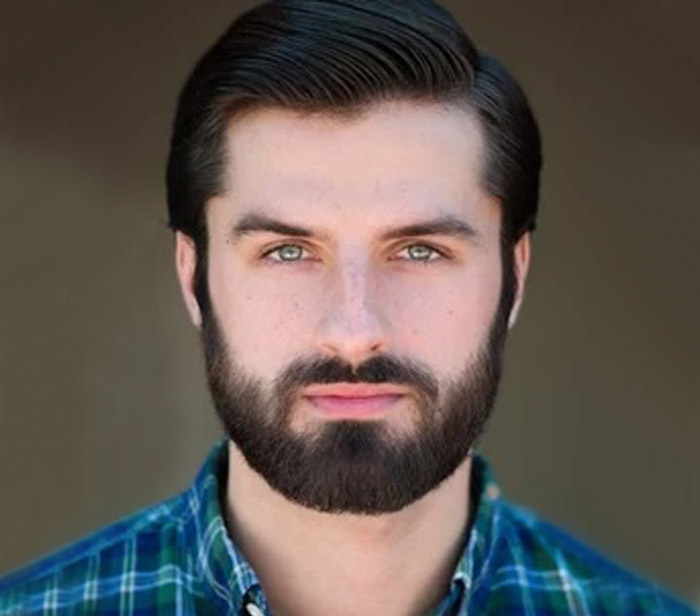Immersive Musical Theatre Training Program in NYC
The 2-Year Program at NYFA’s Musical Theatre School in New York is an immersive musical theatre training program. The conservatory-style program is designed to prepare students for the challenges of the musical theatre industry while expanding their physical and vocal range through classes, exercises, and performances. Through this hands-on approach, students learn to apply the emotional, physical, and technical work aimed to prepare them for stage and screen acting.
During their time at NYFA, musical theatre students complete a variety of projects, culminating in a final Graduation Package that includes masterclass experiences with outside industry professionals, comprehensive audition book, voiceover demo, two filmed audition musical theatre videos, a resume, as well as a professional, personal website. At the end of the program, graduates demonstrate their skills and receive feedback in a showcase panel for invited industry professionals. Students also earn a college credit-bearing Certificate. As this program requires a strong foundation of existing performance, dance, and voice skills, all prospective students must apply and audition.
Faculty Highlights
Curriculum
Overview
The 2-Year Musical Theatre Program curriculum includes:
- Classes in advanced musical theatre covering topics such as pop rock, improv, singing for the camera, voiceover, audition technique, and acting for film
- Instruction, critique, and individual attention from our faculty, consisting of Broadway and screen performers and industry professionals that also include Music Directors, Stage Directors, and Choreographers
- Professionally equipped voice practice rooms and dance studios
- Exclusive guest lectures with industry professionals such as Actors, Casting Directors, Agents, and Composers
To learn more, see NYFA’s Course Catalog or request more information.
The 2-Year Musical Theatre Program takes place over the course of two years and four semesters. Qualified students may apply to have their coursework be accepted for advanced standing in the Musical Theatre degree program. Upon graduation, students earn a college credit-bearing Certificate.
To apply for the 2-Year Musical Theatre Program at NYFA, prospective students must submit an application and complete a mandatory audition. The audition requires two contrasting musical theatre songs, as well as one monologue from a contemporary American play. Each piece must be approximately 60-90 seconds in length. Prospective students may audition in-person, virtually or through a video submission.
To learn more about applying to NYFA, visit our Audition Requirements page.
Students complete numerous on-camera clips, a musical theatre performance on film, fully-produced main stage musicals and a New Works Series, as well as a final Graduation Package. At the end of the program, students participate in an industry showcase panel, where invited industry professionals provide feedback on their work. To learn more about the projects, visit our projects page.
Our musical theatre programs are located at our New York campus, where students get extraordinary exposure to the New York City theatre, tv & film communities. At the culmination of the 2-Year Program, students participate in a graduation showcase for an invited audience of Broadway and off-Broadway professionals including Casting Directors, Agents, and Managers who will provide feedback and critique.
17 Battery Place
New York, NY 10004
2-Year Musical Theatre Certificate Program
| Location | Program Start Date and End Date | Tuition |
|---|---|---|
| New York City | August, 2026 – April, 2028 | Fall 2026 Semester The program semesters tuition and duration is listed below. In addition to tuition please review the programs associated feesTuition:$19,500 Per Semester Program Fee:$1,000 Per Semester Program Duration: 4 Semesters |
*Additional Fees:
Spring 2026 – Summer 2027
| Technology Fee: | $80 Per Semester |
| Wellness Services & Programming Fee: | $145 Per Semester |
| Activity Fee: | $125 per semester |
| Orientation Fee: (Spring 2026: January 5th – January 9th) |
Domestic Students: $150 International Students: $200 |
| Graduation Fee: | $100 |
| International Student Fee: | $200 for the first semester, $120 each subsequent semester |
Please note: Equipment, curriculum, and projects are subject to change and may vary depending on location. Students should consult the most recently published campus catalog for the most up-to-date curriculum.




